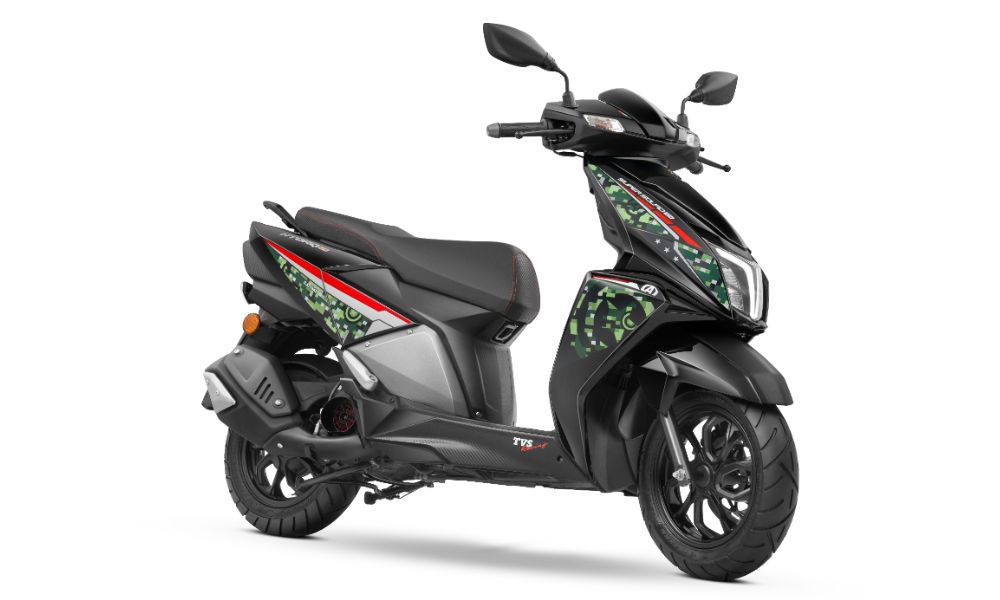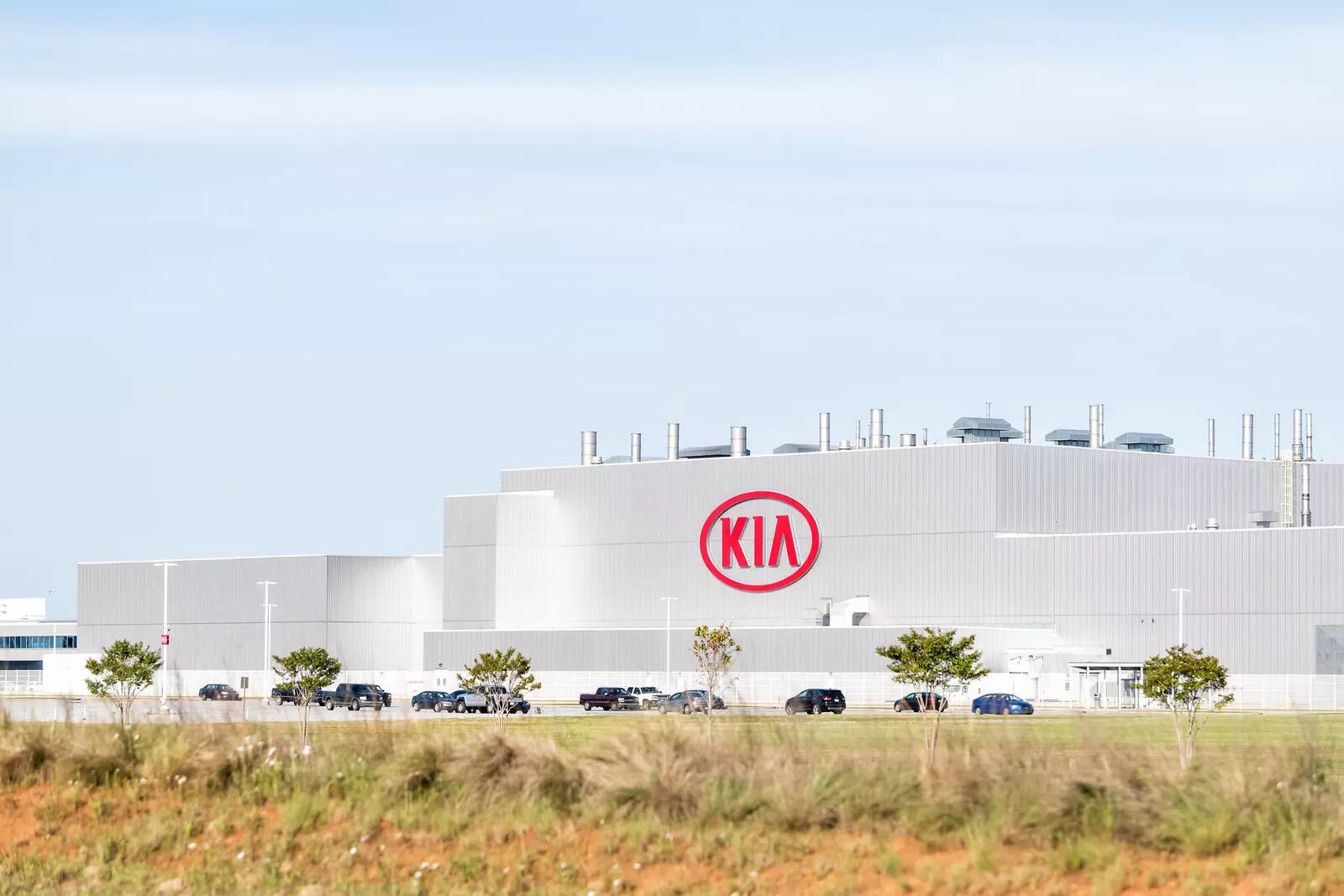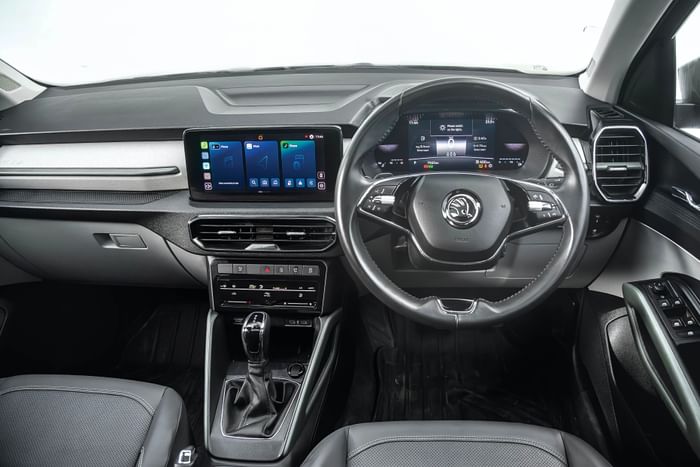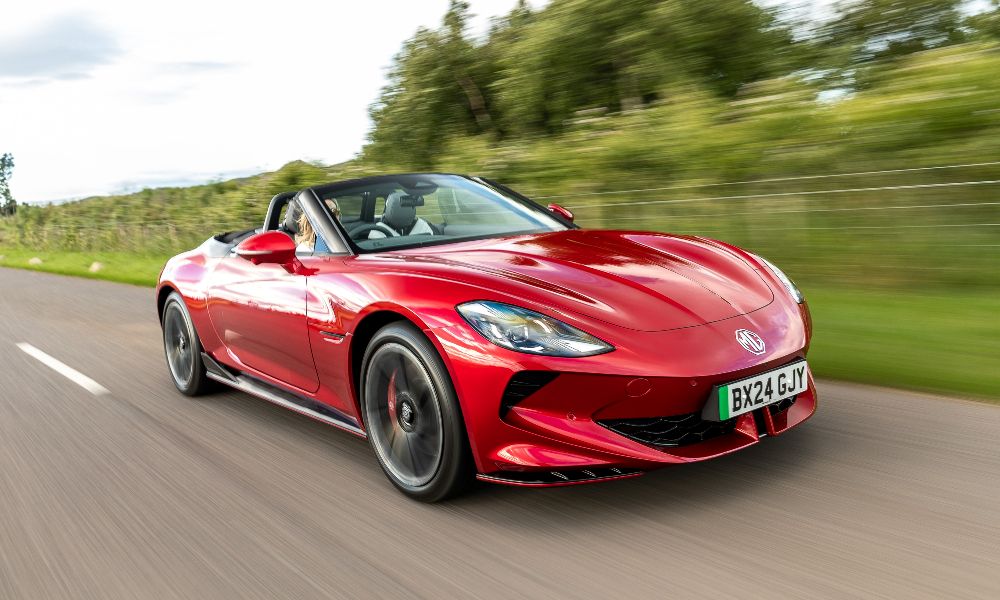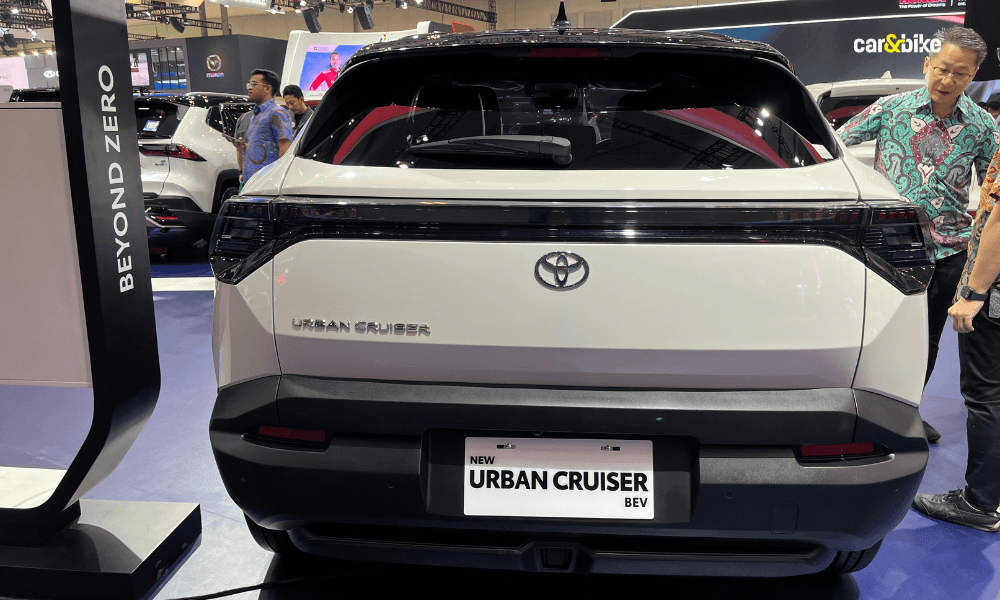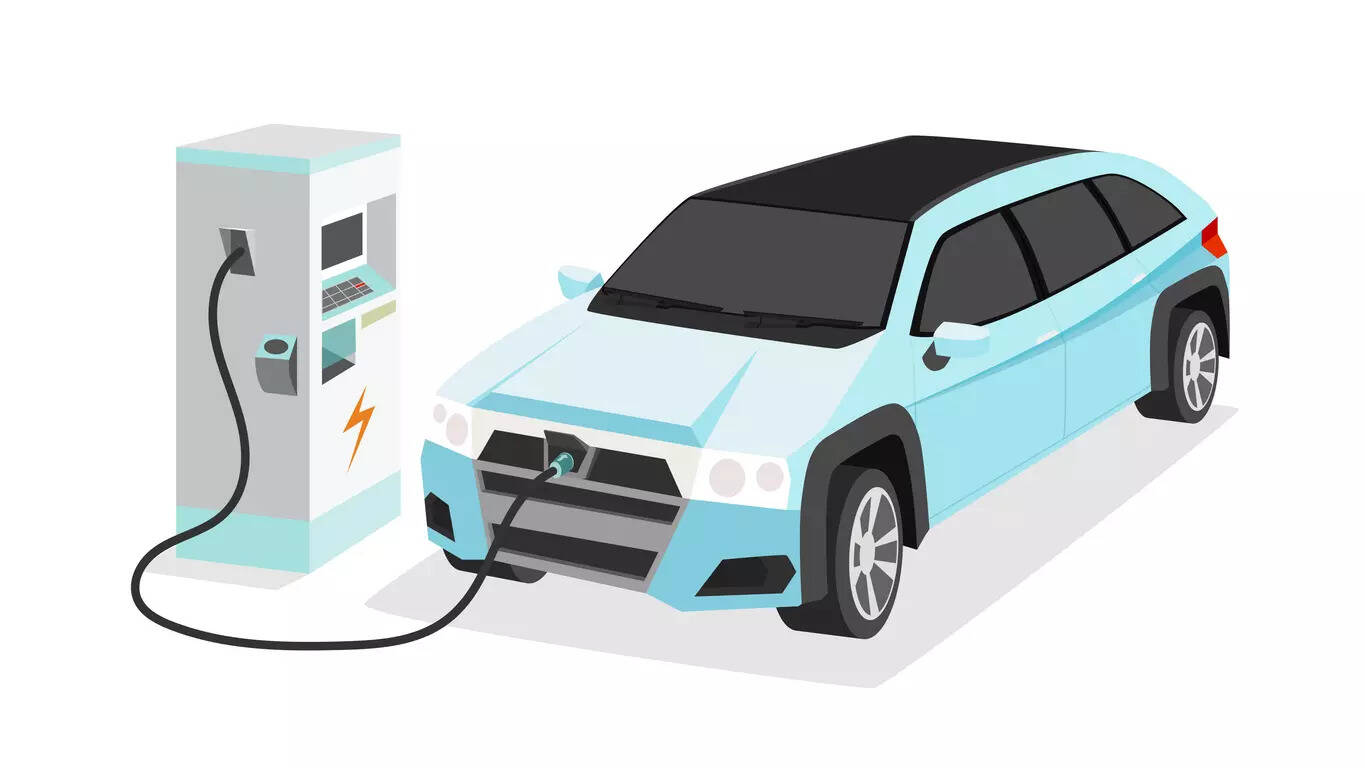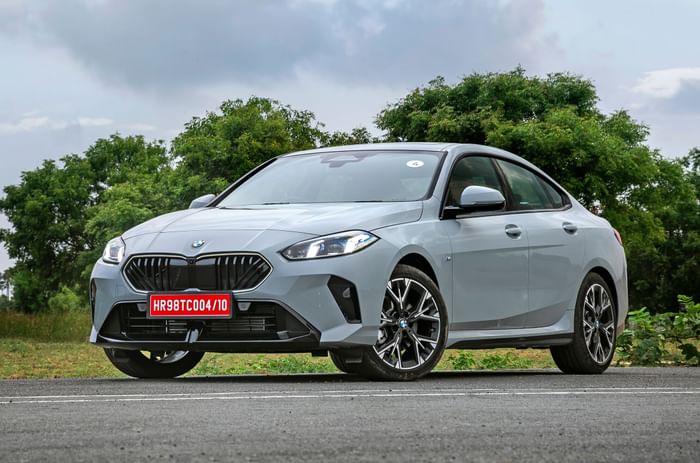The Renault Triber facelift has launched with substantial cosmetic updates and feature additions.
Over half a decade since its 2019 launch, the Renault Triber compact MPV has finally received a major facelift. Like many such mid-cycle updates, the Triber facelift features an overhauled design and expanded list of creature comforts, but with familiar mechanicals. Let’s dive into everything that’s new on the Triber facelift.
Renault Triber old vs new exterior design
Fascia looks night and day compared to outgoing model
The biggest changes to the Triber facelift are on the outside, with Renault implementing a significantly more premium design that brings the compact MPV in line with the carmaker’s global models. Up front, the Triber facelift gets a completely new gloss black grille with thick diagonal slats that blends perfectly with the updated LED headlights to form an unbroken arc.
Notably, the Triber facelift debuts the new 2D Renault diamond motif in India, which looks sleeker and more modern. Below, the front bumper has been thoroughly redesigned too, with a larger central air dam encircled by silver plastic trim, repositioned fog lamps, and slimmer vertical air intakes.
Changes on the side profile and rear
Along the side, the Triber facelift sports new 15-inch flex steel wheels, gloss black door handles, slightly updated plastic cladding, and a blacked-out roof. Over to the rear, the most prominent changes are the slimmer smoked LED tail-lamps, gloss black trim between them, repositioned ‘TRIBER’ lettering with a sharper typeface, and a revised bumper.
Renault Triber old vs new interior and features
Lighter colours and updated layout
Inside, Renault has eschewed the outgoing Triber’s black-and-silver interior for a lighter greyish-beige colour scheme in the facelifted model. The dashboard layout of the Triber facelift has also been updated to resemble that of the Kigerwith the 8-inch infotainment touchscreen pushed upwards and the central AC vents positioned below it.
There’s a new piece of trim with geometric patterns that spans the entire width of the dashboard, seat upholstery has been updated, and the steering wheel wears the new Renault logo.
New features introduced with Triber facelift
In terms of features, the Triber facelift comes with 6 airbags as standard, auto headlights, cruise control, front parking sensors, wireless Android Auto and Apple CarPlay connectivity, rain-sensing wipers, a 360-degree camera, and a 7-inch digital driver’s display over the outgoing model.
Renault Triber old vs new engine and gearbox
Same 1.0-litre, 3-cylinder naturally aspirated petrol unit
On the powertrain front, Renault has made no changes to the Triber facelift. It carries forward the previous Triber’s 1.0-litre, 3-cylinder naturally aspirated petrol engine, developing 72hp and 96Nm. This motor can be paired with either a 5-speed manual or 5-speed AMT gearbox, delivering an ARAI-claimed mileage of 19kpl with the former and 18.29kpl with the latter.
Renault Triber old vs new price
Triber facelift is up to Rs 41,000 more expensive
Prices for the Triber facelift start at Rs 6.30 lakh and climb up to Rs 9.17 lakh, which translates to a price hike of Rs 14,000-41,000 over the outgoing model, depending on the variant. Additionally, it’s worth noting that the Triber facelift carries a new nomenclature for its variant line-up – Authentic, Evolution, Techno, and Emotion. The top-spec Emotion variant is also the only one that can be had with the AMT gearbox option.
All prices ex-showroom, India.
Also see:
2025 Renault Triber facelift variants and features explained










